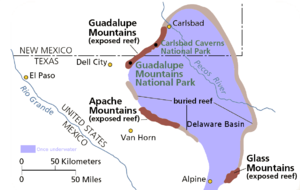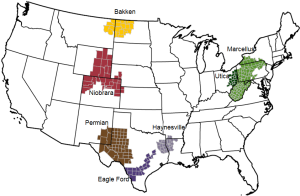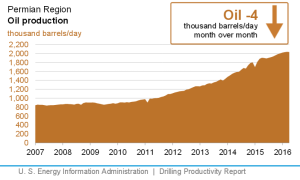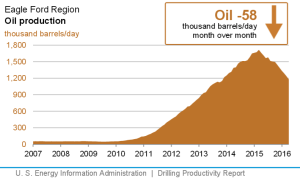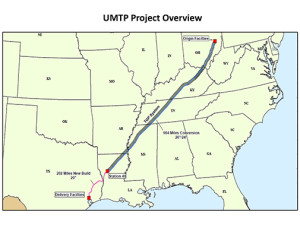In rereading a news release issued by the United States Attorney for the Eastern District of Kentucky, I was struck again by how much money is taken in by oil and gas scam artists. The news release recounted that a California man named John G. Westine, Jr. was convicted of 26 counts of mail fraud and a count each of conspiracy to launder funds and securities fraud.
This scam had all the usual hallmarks of a fraud. First, he targeted people in a state other than where he resided. This makes it harder for defrauded investors to track him down. Secondly, he guaranteed returns to his investors. Nobody in the oil and gas industry who is legitimate will ever guarantee returns. Third, Westine created a number of bogus oil companies who “owned” a number of producing oil wells. He offered people shares in these oil wells and guaranteed royalties to the investors. He scammed 200 people out of more than $3 million!
Of course, the investors funds didn’t go to purchase shares in oil wells. Instead, Westine and his half-brother were living the high life in California. The U.S. Postal Inspectors, who initiated the investigation into this scam, seized four of his vehicles in the Los Angeles area. One was a Mercedes Benz and the other three were Bentleys.
 Texas Oil and Gas Attorney Blog
Texas Oil and Gas Attorney Blog


